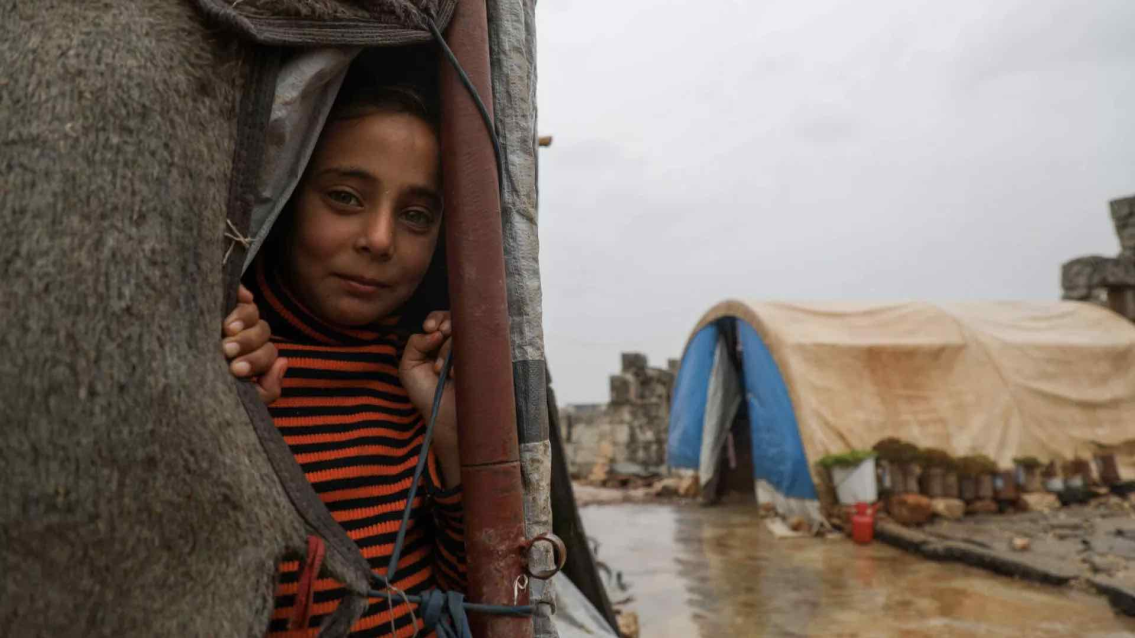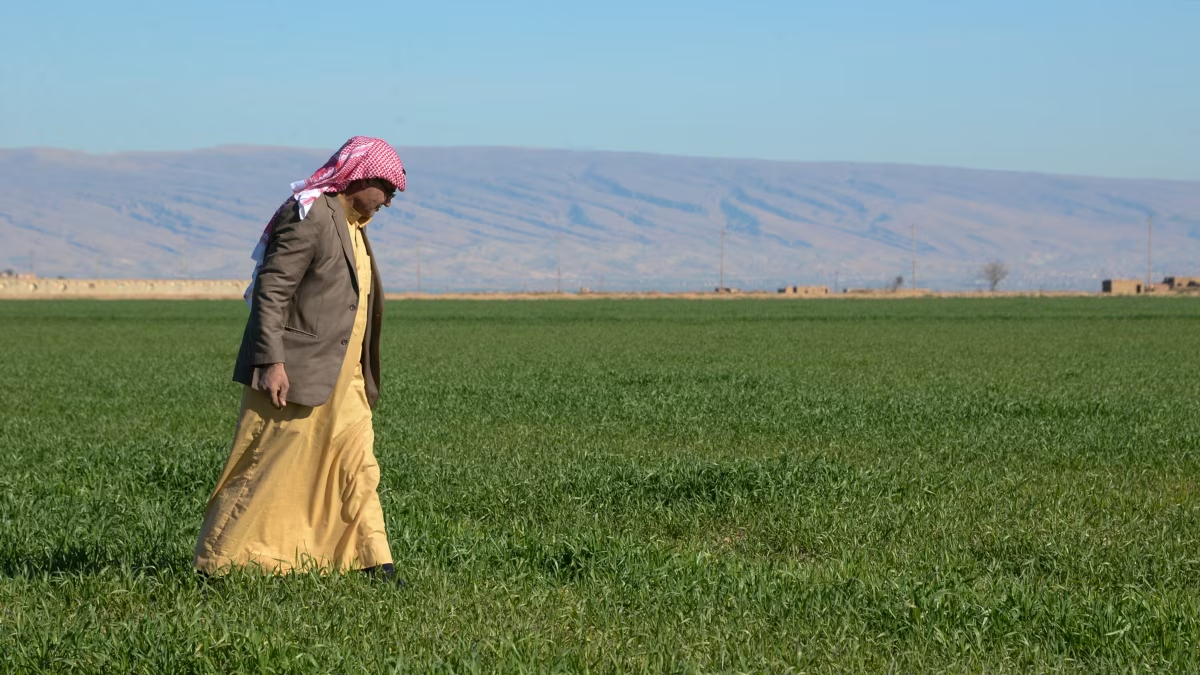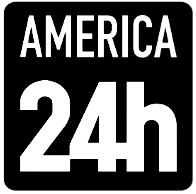The Middle East: A Crossroads of Hope and Hardship
A deep dive into humanitarian crises, economic challenges, climate threats, and the unwavering determination of a people striving for a better future
Washington, DC - Sangar Akrayi
| Atualizado em

WASHINGTON, DC - The Middle East, a cradle of ancient civilizations and cultures, has always been a region of contrasts. Its history is as rich as its lands, but the weight of war, inequality, and political unrest has cast a long shadow over its people. Despite these challenges, the human spirit endures, weaving a narrative of resilience, hope, and an unyielding fight for a better tomorrow.
Today, the Middle East is at a critical juncture. As regional leaders pursue economic reforms and global powers shift their strategies, ordinary citizens struggle to reclaim a sense of normalcy in their daily lives. From bustling cities to remote villages, the story of the Middle East is not just one of politics and power—but of humanity.
The Weight of Endless Conflict
In war-torn Syria, a decade of violence has displaced over 12 million people, forcing families to flee their homes and abandon their livelihoods. Refugee camps in Jordan and Turkey offer temporary shelter, but for many, they have become long-term realities. In these camps, children grow up without schools, parents work tirelessly for scraps of income, and hope for a return home fades with every passing year.
Yemen, often referred to as the world’s worst humanitarian crisis, paints a similarly dire picture. The war has devastated infrastructure, leading to widespread famine and disease. Hospitals struggle to operate without electricity, and families ration food that can barely sustain their children. Amid the chaos, international aid organizations do what they can, but their efforts are often blocked by political barriers and logistical challenges.
In Palestine, the conflict with Israel continues to claim lives and deepen divisions. Gaza remains under blockade, with families relying on international aid just to survive. The West Bank, too, faces growing violence as the cycle of clashes and settlements further erodes any prospects for peace. For many Palestinians, the dream of statehood feels further away than ever, while Israelis remain caught in their own fears and insecurities about a future shaped by mistrust.
Yet even amid war, stories of resilience emerge. In northern Syria, volunteer groups clear rubble from destroyed neighborhoods, planting gardens where buildings once stood. In Gaza, teachers use online platforms to reach students who cannot safely attend school. These acts of defiance against despair remind us that humanity persists even in the darkest of times.
Youthful Energy: The Region’s Greatest Asset
With over 60% of its population under the age of 30, the Middle East is teeming with youthful energy and potential. However, for many young people, this potential remains unrealized. High unemployment rates, political corruption, and limited freedoms have created widespread frustration.
Across the region, protests have become a powerful tool for change. In Iraq, young activists have taken to the streets, demanding jobs and an end to government corruption. In Iran, the death of zhina Amini sparked a wave of protests led by women and youth, calling for personal freedoms and an end to oppression. These movements often met with brutal crackdowns, highlight the courage of a generation that refuses to accept the status quo.
Social media has amplified these voices, connecting activists across borders and bringing global attention to local struggles. Platforms like Instagram and X (Twitter) have become virtual battlegrounds, where stories of injustice are shared and calls for solidarity echo. However, governments are not idle in this space. Surveillance technology, internet shutdowns, and cyberattacks have become common tools to suppress dissent.
Despite these challenges, young people in the Middle East are redefining their futures. Startups in Beirut are building solutions to local problems, while young Saudis are embracing roles in industries once closed to them.
In Kurdistan, youth-led cultural initiatives aim to preserve heritage while bridging divides between communities. This generation’s determination to shape a better future is perhaps the greatest source of hope for the region.
The Unequal Economics of the Region
Economic disparity defines the Middle East as much as its conflicts. Oil-rich nations like Saudi Arabia, Qatar, and the UAE enjoy immense wealth, yet much of it remains concentrated in the hands of a few. While gleaming skyscrapers rise in cities like Dubai and Riyadh, many parts of the region are mired in poverty.
In Lebanon, a financial crisis has pushed nearly 80% of the population into poverty. Blackouts are a daily occurrence, and banks impose harsh limits on withdrawals, trapping people’s savings in limbo. Meanwhile, in Egypt, rising inflation has left families struggling to afford necessities like bread and medicine.
Yet, there are signs of progress. Gulf nations are investing heavily in economic diversification to reduce dependence on oil. Saudi Vision 2030, for example, aims to develop sectors like tourism, renewable energy, and technology. These efforts promise long-term growth, but critics question whether they will truly benefit ordinary citizens or remain focused on elite gains.
At a grassroots level, however, ordinary people are finding ways to survive and thrive. In Jordan, women in rural communities are starting cooperatives to sell handicrafts and agricultural products. In Iraq, young farmers are experimenting with sustainable farming techniques to combat the effects of climate change. These small but significant steps show how the Middle East’s people are finding solutions, even when governments are slow to act or fail to address their needs.

Climate Change: A Growing Threat to Livelihoods
The Middle East is on the frontline of the global climate crisis. Rising temperatures, water scarcity, and desertification are not just environmental issues—they threaten the very survival of millions. Farmers in Iraq and Syria, for instance, have seen their crops fail due to reduced rainfall and depleted rivers. Entire communities have been forced to abandon ancestral lands, joining the growing ranks of climate refugees.
The Tigris and Euphrates rivers, once the lifeblood of Mesopotamia, are shrinking, exacerbating tensions between nations that rely on shared water resources. In Jordan, one of the world’s most water-scarce countries, families ration water carefully, with some areas receiving supplies only once a week.
Despite these challenges, there are glimmers of hope. Renewable energy projects, like the UAE’s massive solar farms and Saudi Arabia’s investments in green hydrogen, are laying the groundwork for a more sustainable future. Regional cooperation on water management, though slow, is beginning to take shape, offering a model for how shared resources can unite rather than divide.
Still, these efforts need to expand dramatically to meet the scale of the crisis. Without urgent action, environmental degradation will worsen poverty, fuel migration, and spark new conflicts, adding yet another layer of complexity to an already fragile region.
The Human Cost of Political Games
At the heart of the Middle East’s struggles is a deep and painful truth: the lives of ordinary people are too often treated as pawns in larger political games. Regional powers like Iran and Saudi Arabia, locked in a battle for influence, fund proxy wars that devastate entire nations. Global superpowers, meanwhile, pursue their interests with little regard for the human toll.
The United States’ shifting role in the region, coupled with growing influence from Russia and China, has created a multipolar arena where alliances are forged and broken with dizzying speed. The recent Saudi-Iran détente, brokered by China, offers a rare glimpse of potential stability, but whether it can translate into lasting peace remains uncertain.
For the people living through these power struggles, the stakes are heartbreakingly real. Every airstrike, every embargo, every failed ceasefire leaves behind families mourning loved ones, children growing up without schools, and communities struggling to rebuild.
A Region of Resilience
Despite its challenges, the Middle East is not defined solely by its struggles. It is also a region of extraordinary resilience and creativity. Artists in Syria are using their work to document the horrors of war, while filmmakers in Palestine tell stories of hope and resistance. Musicians in Tehran blend traditional melodies with modern beats, creating sounds that speak to a generation caught between heritage and change.
In cities like Erbil and Amman, young entrepreneurs are launching tech startups that address local problems, from improving healthcare access to creating educational tools for refugees. These efforts, though often overshadowed by headlines of conflict, remind us of the region’s vast potential.
Communities, too, are stepping up where governments fail. In Lebanon, grassroots organizations are filling gaps in education, healthcare, and disaster relief. In Yemen, local charities are delivering food and medicine to areas that international aid struggles to reach. These initiatives may not solve systemic issues, but they offer lifelines to those who need them most.
The Road Ahead
The Middle East stands at a crossroads, its future shaped by global and local forces. Will the region’s leaders prioritize diplomacy and development over rivalry and repression? Will global powers recognize their responsibility to support peace rather than perpetuate conflict?
More importantly, will the voices of the region’s people—its youth, its women, its marginalized communities—finally be heard?
The answers to these questions will determine not just the Middle East’s future, but the world’s. For in every displaced family, every young protester, and every struggling farmer, we see a reflection of our shared humanity.
The Middle East’s story is one of pain and perseverance, of loss and hope. And while the road ahead is fraught with challenges, it is also filled with opportunities to build a future worthy of its people—a future where dignity, peace, and prosperity are not the exception but the norm.
